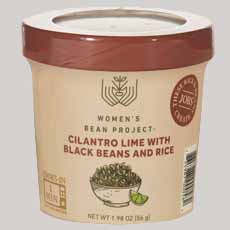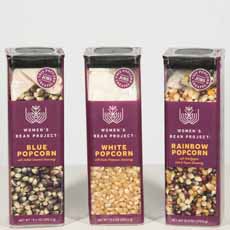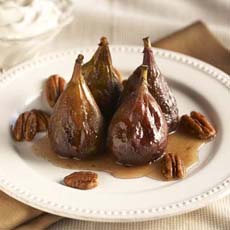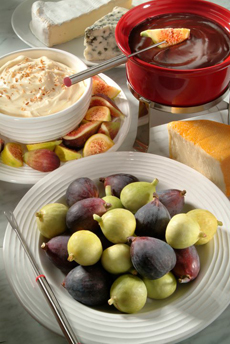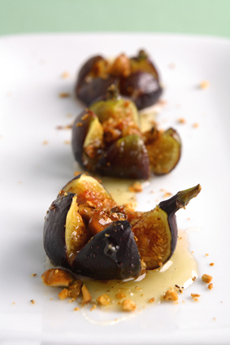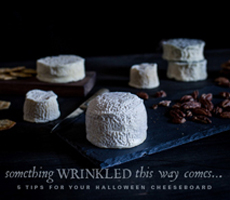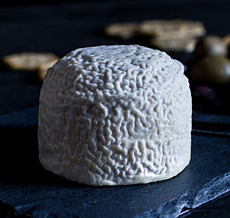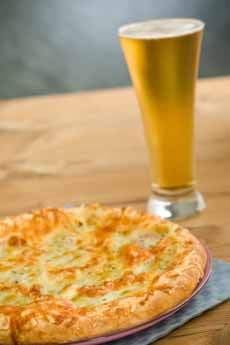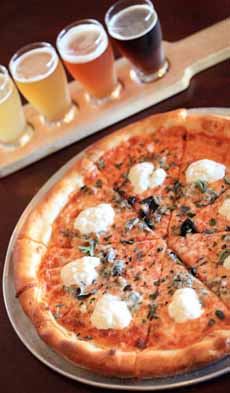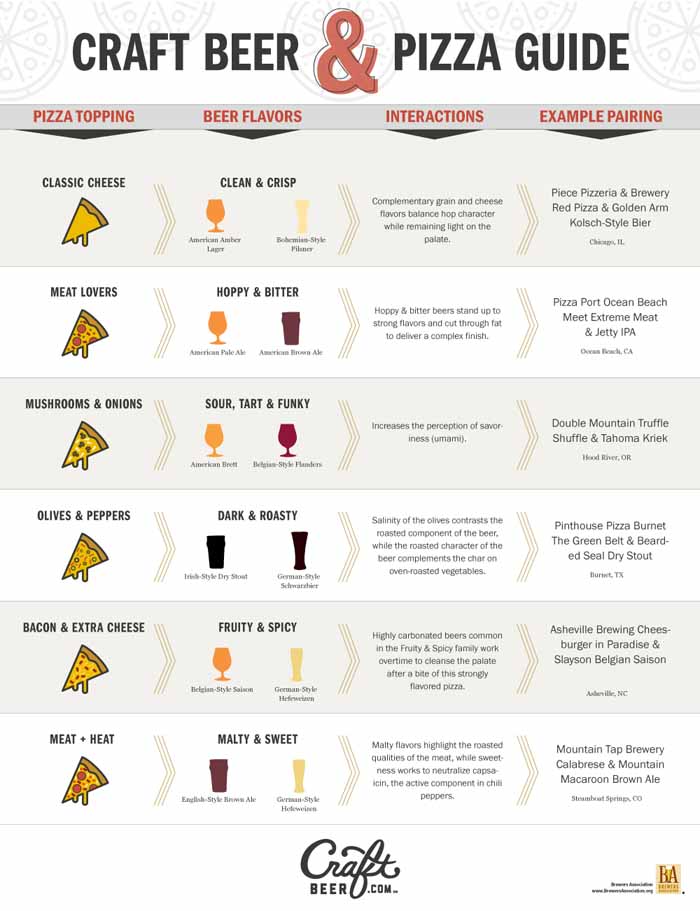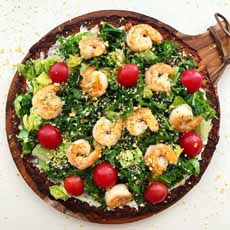|
3. TRÜCUP LOW ACID COFFEE
Coffee lovers who find themselves diagnosed with acid reflux, heartburn, ulcers and other stomach issues typically get a “no coffee” directive from their healthcare professionals.
The acids in coffee irritate the condition (see more about this below). And while we’ve tried Coffig (a caffeine-free, acid-free product made from roasted figs) that is pretty satisfying, it’s close but not the same.
Lucky sufferers: You now have Trücup low acid coffee. (EDITOR’S NOTE: The company spells it trücup, without an initial capital letter. THE NIBBLE doesn’t use that format: To editors, a proper name with no initial cap looks like a typo.)
We tried two of the five low-acid blends, and pronounce them to be excellent cups of coffee. You might not notice that the acid has been removed, unless you specifically seek a cup of coffee with that bitter edge. Removing the acid makes the brew very smooth and rich, a bonus for some people.
As a drinker of black, French Roast coffee, we loved Trücup.
Premium coffee beans from the best growing regions are blended; then, using a natural, proprietary process, the stomach-upsetting acids are removed.
There are five low-acid options:
Born To Be Mild light roast coffee
Stuck In THe Middle medium roast coffee
Heart Of Bold dark roast coffee
Dark As Night French roast coffee
You’ve Got A Blend espresso coffee
There are bags of ground coffee and K-cups.
There’s also a decaf, Fake It To The Limit; but it’s not low acid. Evidently, you can create decaf or low acid coffee, but not both.
Order your Trücup at Trucup.com.
To set the scientific record straight about the acidity of coffee:
According to an article in Scientific American, the acidity of the coffee itself doesn’t cause stomach distress. Coffee’s pH is similar to potatoes.
It’s the gastric acid secreted by the stomach cells in response to the coffee acids, chlorogenic acid and caffeine, stimulate the secretion of gastric acid. Here’s more about it.
4. VEESTRO VEGAN MEAL DELIVERY SERVICE
We don’t typically review meal plan services, and we’re not vegan.
But Veestro is a great delivery service for those carnivores and pescatarians who want to eat more sustainably. A few vegan meals a week is no sacrifice, especially when they are delicious as those from Veestro.
We only tried a few items, but were ready to head to the store and buy more—until we realized they were subscription only.
You choose what you want. Order a few items à la carte, or sign up for a plan. Give a subscription as a gift.
Fully prepared, hand-crafted meals arrive on your doorstep, in eco-friendly packaging. Just heat up (as needed), and dig in.
For all friends and family reading this: Send us as many Ahimi™ Poke Bowls as you like. We’re addicted and can’t wait to clear out the freezer so we can lay in even more.
By the way, the vegan tuna sashmi, delicious and sustainable, is the first-of-its-kind alternative to raw tuna. Along with other vegan sushi and sashimi, it was created by Ocean Hugger Foods, based in New York City.
There are gluten-free and kosher options as well. Check them out at Veestro.com.
|
